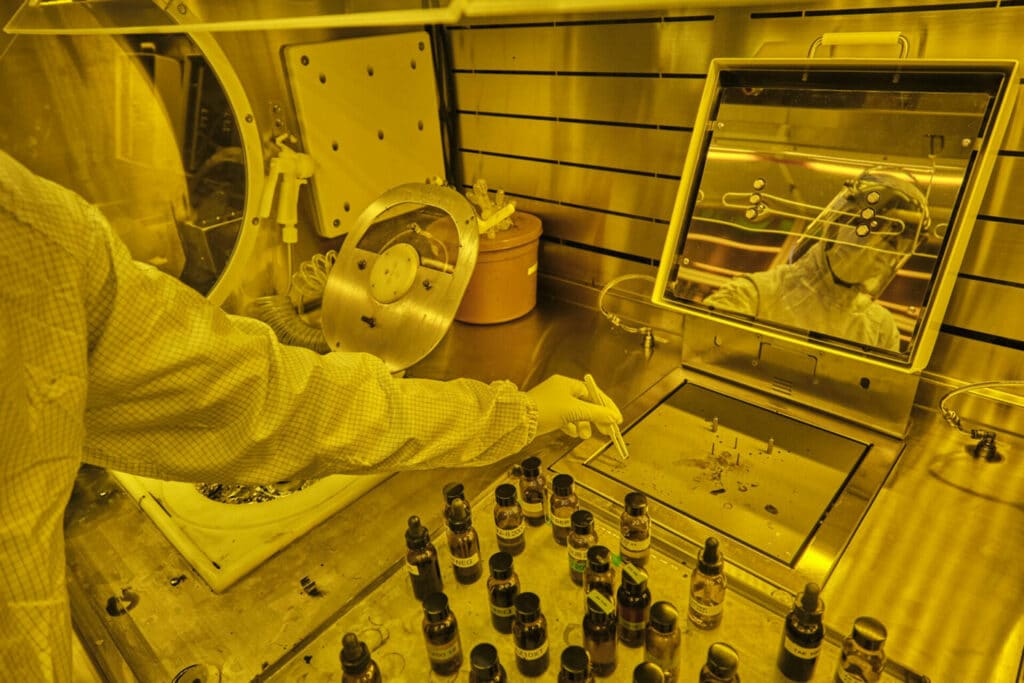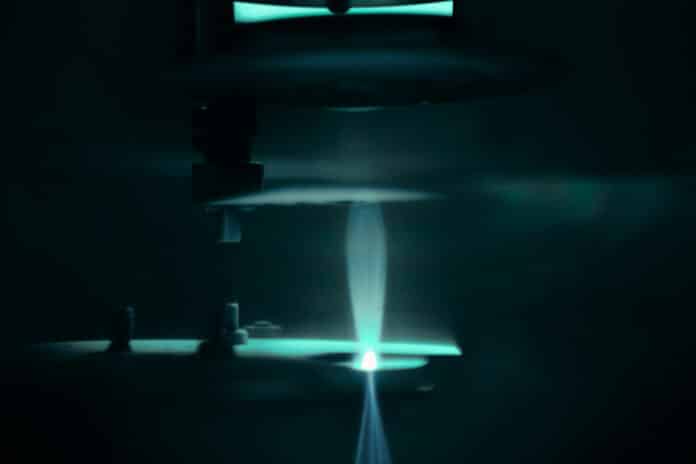When it comes to space probes, there are numerous hazards that they encounter. Among many hazards, exposure to radiation and huge temperature swings pose particular challenges for space probes’ electronic circuits. The natural space radiation environment can damage electronic devices, ultimately leading to shorter mission lifetimes and major satellite system failures.
Now, researchers at King Abdullah University of Science and Technology (KAUST) have invented the first-ever flash memory device made from gallium oxide that aims for space missions.
Gallium oxide-based devices can operate in extreme environments, especially in space exploration, where they can withstand high temperatures and radiation without serious degradation. It could be used for data storage and computing in extreme conditions.
Gallium oxide is an ultra-wide band gap semiconductor material. Although it is usually a poor conductor of electricity, incorporating certain impurities can enable it to carry an electrical current. Apparently, gallium oxide has a lot of advantages over silicon, the semiconductor used in most computer chips. It can support high currents and voltages with low energy losses and is easy to grow into high-quality films using low-cost techniques. Above all, it is tough.
Gallium oxide is already used being used to build transistors and diodes. However, for gallium oxide electronics to become more prevalent, researchers needed to demonstrate that the material could also be used in memory devices.
The KAUST team’s device is a transistor containing a floating gate layer, which captures electrons to store data. This design is similar to conventional flash memory devices, but instead of using silicon, the new device contains a layer of gallium oxide that is only 50 nanometers thick. On top of the gallium oxide is a tiny piece of titanium nitride, enclosed in a very thin layer of insulating material, which acts as the floating gate.

To program data into the floating gate, the researchers apply a positive voltage pulse that sends electrons from the gallium oxide through the insulator and into the floating gate, where they are trapped. A negative voltage can erase the data by sending the electrons back into the gallium oxide. The location of these electrons affects how well the gallium oxide conducts electricity, which can be used to read the memory device’s state.
Gallium oxide has an unusually wide band gap, meaning there is a large difference between the device’s programmed and erased states, even at a high operating temperature. This property helps make the memory very stable, and the prototype device can retain its data for over 80 minutes.
Currently, programming and erasing the device requires relatively long voltage pulses of about 100 milliseconds. The team hopes to shorten that in the future.
“Further development in gallium oxide material quality and device design will give better memory properties for practical extreme-environment applications,” Xiaohang Li, who leads the team, said in a statement.
Journal reference:
- Vishal Khandelwal, Manoj Kumar Rajbhar, Glen Isaac Maciel García, Xiao Tang, Biplab Sarkar, and Xiaohang Li. Demonstration of β-Ga2O3 nonvolatile flash memory for oxide electronics. Japanese Journal of Applied Physics, 2023; DOI: 10.35848/1347-4065/acdbf3
